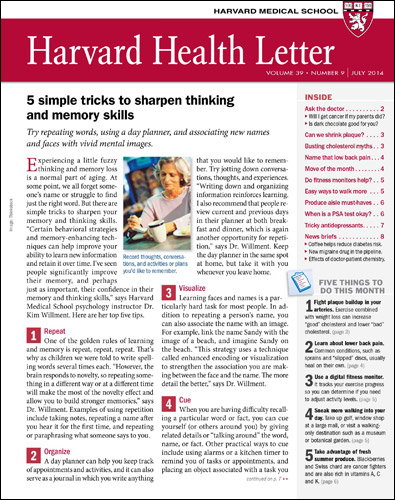Why some parents don’t follow the “safe sleep� recommendations for babies

There’s almost nothing more terrifying for the parents of newborns than sudden infant death syndrome, or SIDS: the idea that you could put a perfectly healthy baby down to sleep, only to find him or her dead an hour later, is unspeakably horrible.
I have lost two patients to SIDS, and indeed, it was unspeakably horrible.
There are some simple recommendations that can help parents keep their babies safer � and yet many parents don’t follow them. , more than half of the parents studied weren’t following three of the recommendations. How could that be?
The first part of the problem, I think, is that SIDS is confusing � not just for parents, but for doctors too. Not every baby who dies in his or her sleep dies for the same reason; there are various different factors and causes. That’s why we actually use a term that is less well known: . Some of those babies die because they have stopped breathing (in some cases, because their brains didn’t respond to the usual signals to change position or breathe more), and some of those babies die of suffocation or strangulation from bedding � or because someone rolled over on them during sleep. We can’t always tell the difference once the child has died. Because there are various causes, we have various different recommendations � and that confuses parents.
The other part of the problem is that some of the recommendations seem to go against either previous recommendations or common sleep customs � and some of them can be hard for some families and some babies. Given that SUID is rare � it only happens to � some families feel that it’s okay to do what Grandma says or what is easiest, instead of following the doctor’s instructions.
Here are the main recommendations � and why some families don’t follow them.
Always put your baby on his back to sleep
The “Back to Sleep� recommendation, instituted in 1994, has made a huge impact on the incidence of SUID/SIDS. Sleeping on the back helps in two ways. First of all, it makes it less likely that the baby will smother in the bedding. Second, we know that for some babies, the problem is that their brains haven’t figured out that when they start to smother, they should turn their heads or their bodies and breathe. It’s not that they can’t turn their heads or roll over; it’s that they don’t.
This recommendation seems straightforward, but I’ve talked to many families who struggle with it because their babies startle themselves awake when they are on the back. On the belly, they snuggle in and sleep just fine. The best advice I can give those families is: keep trying. Over time (which may include some sleepless nights), most babies can learn to sleep on the back.
I’ve also talked to families who worry that the baby might spit up during the night and choke on it if they are on the back. This is actually why the belly position was recommended for years. But it turns out that this is incredibly rare. Some babies have medical conditions that require sleeping on the belly, but parents should only do this if the doctor advises it.
Don’t put your baby in bed with you
The safest place for a newborn to sleep is in the parents� room � so that they can be aware of the baby’s needs � but in his or her own sleep space, such as a crib (with a firm mattress � soft ones can lead to smothering). Many families find co-sleeping not just comforting but convenient, as many babies so love being with a parent that they sleep better that way. Again, my advice is to keep trying. Safety is always more important than convenience.
Keep the crib bare
This means no crib bumpers, no pillows, no stuffed animals, and � the one that is hardest for parents � no blankets (which means no swaddling, as that involves a blanket). To cut the risk of smothering, Baby should be the only thing in the crib. If it’s chilly, a blanket sleeper can do the trick. As soft and wonderful as blankets may feel to older children and grownups, they simply aren’t worth the risk for babies. And overheating can increase the risk of SIDS, too.
Consider using a pacifier
We don’t know exactly why, but pacifier use lowers the risk of SIDS. It may be that it keeps them at a different, safer level of sleep. Some parents worry about using pacifiers; they feel that it can interfere with breastfeeding or lead to later dental problems. But most babies who use pacifiers don’t have problems with breastfeeding (especially since pacifiers don’t produce milk), and there’s plenty of time to get rid of the pacifier before it causes problems with the teeth.
Don’t smoke
Exposure to cigarette smoke both before and after birth increases the risk of SIDS. It’s not good for the smoker, either. But for some parents, quitting smoking can be very hard. For help, call 1-800-QUITNOW or visit .
Parents should talk to their doctor if they have questions or if they are having trouble with the recommendations. We are here to help. Like you, we want to keep your baby safe � and alive.
About the Author

Claire McCarthy, MD, Senior Faculty Editor, МмІ©МеУэ Publishing
Disclaimer:
As a service to our readers, МмІ©МеУэ Publishing provides access to our library of archived content. Please note the date of last review or update on all articles.
No content on this site, regardless of date, should ever be used as a substitute for direct medical advice from your doctor or other qualified clinician.













